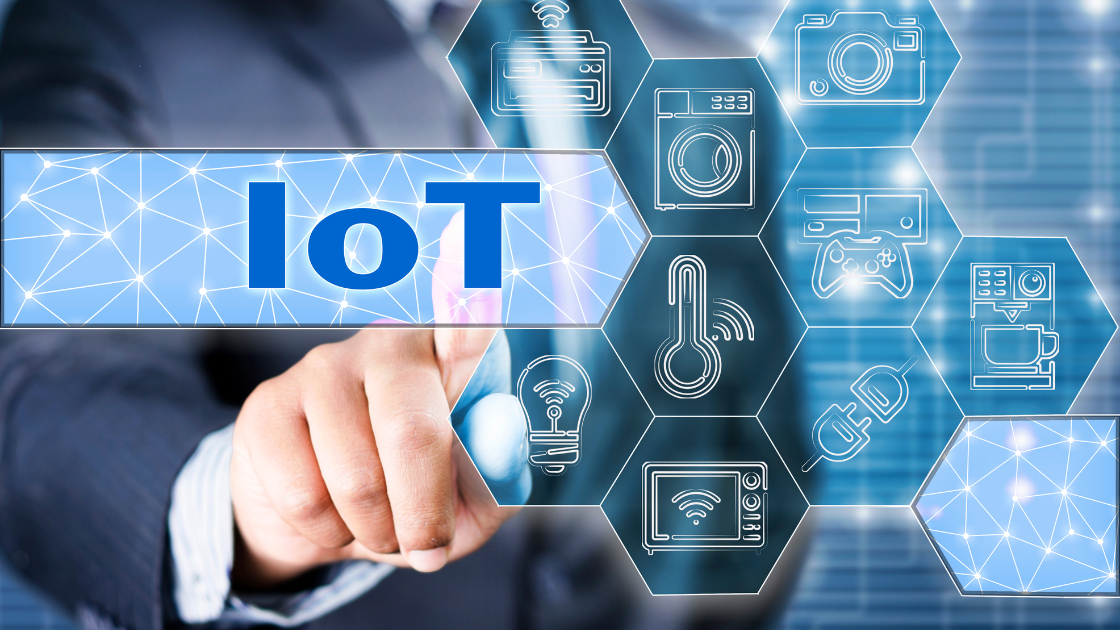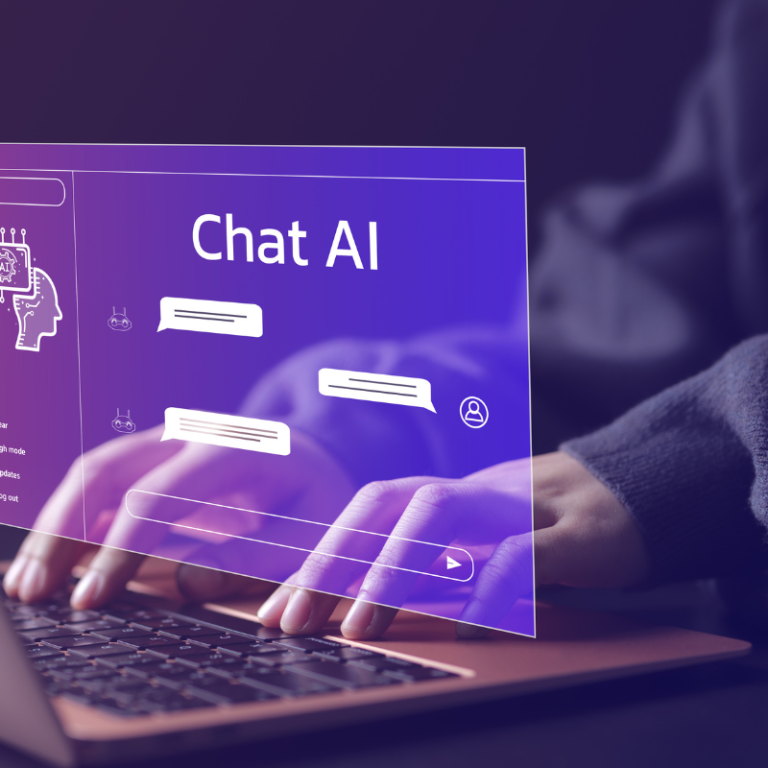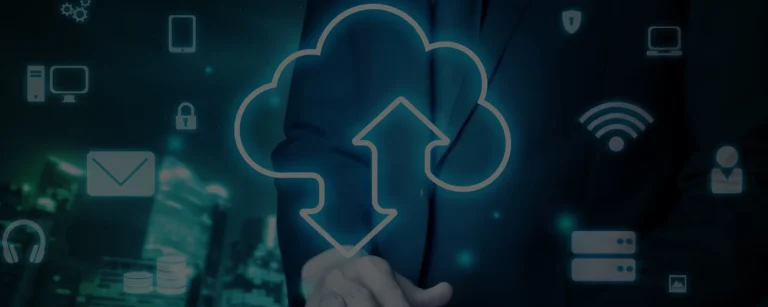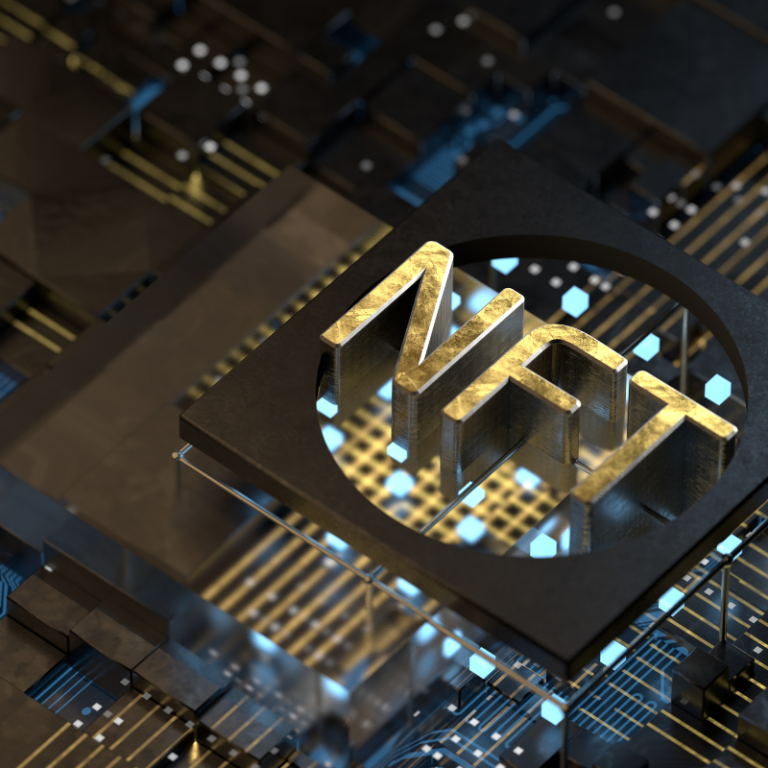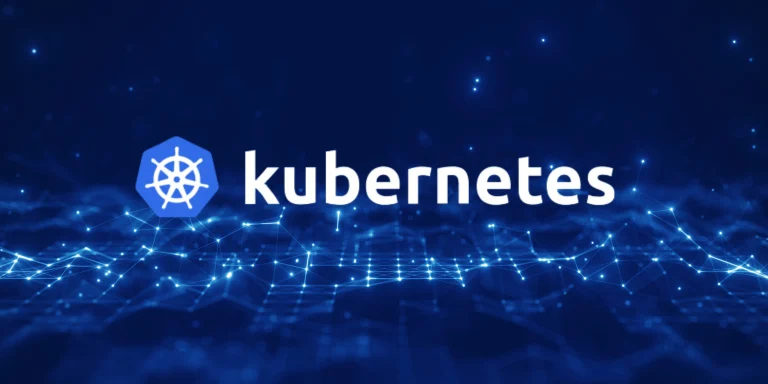It would just be on the verge of affecting a very huge change in different sectors of life and making things very easy in ways that seemed to be hardly imagined some years ago. In this respect, from the context of our homes and into the realm of maintenance, all the way out to the very structure of our cities.An array of devices emanating from the vast IoT (Internet of Things) ecosystem will function together in a seamless fashion.
Ultimately, this will go on to make our world not just smarter but far more efficient than it has ever been. In this blog post, there will be a general overview given that touches on the meaning, various applications, and deep impact of IoT on our daily lives and society in general.
How Does IoT Work?
The IoT works by bridging the physical devices and sensors with software that connects all of them to collect and exchange data, mostly used in decision-making and performance of actions without human involvement. The IoT brings everyday objects together in a way where they can “talk” to each other. Let’s break it down further:
Sensor-based Information Collection
IoT devices are embedded with diverse types of sensors that capture changes in the environment like rise or fall of the temperature or movement of an ambient. The advanced level sensors collect data on conditions they find, integrate that information, and are therefore enabled to respond to it by taking some action.
A smart thermostat can sense temperature in a room and subsequently make automatic adjustments to keep comfort at bay. The data is transmitted and sent over to the cloud storage system. Once the information is painstakingly collected, it is then transmitted over the internet to the cloud. The cloud is an extensive storage facility in which the collected data is intensively analyzed.
Example: Your fitness tracker sends your daily steps to a cloud app that tracks your activity.
Inter-device communication
IoT devices will have the capability to communicate both among themselves and with your smartphone independently by using different protocols, like Wi-Fi and Bluetooth. This will ensure that they speak to one another with ease and share imperative data with no flaws.
Example: Your smart lights and security system sync up to improve home security.
Actions are taken
Devices can act on their own accord based on the data or request your input. A smart thermostat is a device that is a bit more complex to automate the temperature setting inside your home whenever the environment gets either too hot or too cold.
Main Constituents of IoT
- Physical Devices: These are objects fitted with sensors. Smart Watches is an example of those kind of devices.
- Connectivity: Sharing of information among devices through their communication interfaces, examples of which are Wi.
- Data processing: The cloud processes information/data and performs functions based on the data analysis.
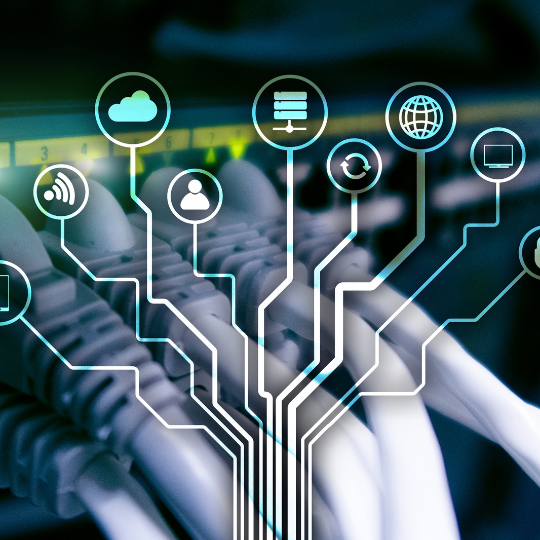
IoT in Everyday Life
This is already a part of our routine lives—that is to say, the Internet of Things. Almost all the smart devices that a person uses are an example of it. For instance, in a smart home, just about everything from thermostats to doorbells and light bulbs can be run from a phone even when one is not at home.
Another common example is wearable devices: fitness trackers and smartwatches. They track your heart rate, steps, and even sleep patterns to keep one fit and healthy.
IoT is also used in cars. Some cars have features like GPS navigation, automatic braking, or even self-driving capabilities—all thanks to IoT. These make a person’s driving safer and more convenient.
Even the domesticated appliances, such as smart refrigerators or advanced washing machines, fall into a more general concept—the Internet of Things, often abbreviated as IoT. Such marvelous devices can remind you about something or be remotely managed, thus greatly facilitating and making household procedures much more effective.
In simpler terms, IoT is about connecting everyday things from homes, cars, and even health to afford a new way with their activities. This touches aspects of every part of life, from home dimension to e-problems and health.
Advantages of IoT
IoT transforms industries and, more importantly, lives by connecting the unconnected in their efforts to increase efficiency. Intelligent devices, enabled to collect real-time data, provide organizations with useful insights to help improve their processes, productivity, and make informed decisions. Factories use the IoT to monitor the performance of their equipment in order to predict, and later on prevent, failures and thus lessen the downtime related to it, saving costs and using the resources better.
This means that, with the use of IoT-enabled cars, the automotive industry will avoid losses from preventable accidents because the cars notify each other of risks that may lead to accidents. In health, this technology will mean real-time information allowing for early issues’ detection and intervention, which clearly leads to better outcomes, particularly in chronic diseases.
IoT can personalize experiences. Smart homes learn user preferences for lighting, temperature, and entertainment and then adjust automatically to each of these requirements to bring convenience and comfort.
Disadvantages of IoT
IoT has benefits but also significant challenges, especially in terms of security risks. More connected devices increase the attack surface for cybercriminals. Most IoT devices, then, are not built with strong security features, and it is relatively easy to hack them. A hacker could unlawfully tap into personal information or make a system takeover in a smart home or smart car, subsequently leading to threats in personal safety.
Another huge problem is privacy. These devices collect and share a lot of personal data, including health and location information, as well as browsing habits. Insecure information can be leaked and exposed or misused when it is turned into a privacy violation if used without consent or intercepted by malevolent parties.
The data produced by IoT devices poses ethical problems related to user control over personal data. Solid security practices to reduce risks are in the use of encryption, updating, and user authentication. Clear privacy regulations are needed for the protection and responsible use of users’ data.
The Future of Internet of Things
Where the future of IoT(Internet of Things) is to promise a more connected and efficient world, it also holds challenges. IoT is going to change patient care in healthcare with remote monitoring and early interventions in treatment for better outcomes. In transportation, IoT is going to assure a great deal for safety and congestion reduction with smart, connected vehicles.
IoT is going to open doors toward sustainability and quality of life in smart cities. As our homes and workspaces are filled with even more smart gadgets, the causes for concern regarding privacy and security continue to increase. Some relish this highly technological world, but others may long for simpler times.
The impact on society will be immense: IoT will make us confront whether it’s all worth the exchange. Though IoT has a bright future in the long run, its full potential will only be reached if we meet these challenges.

